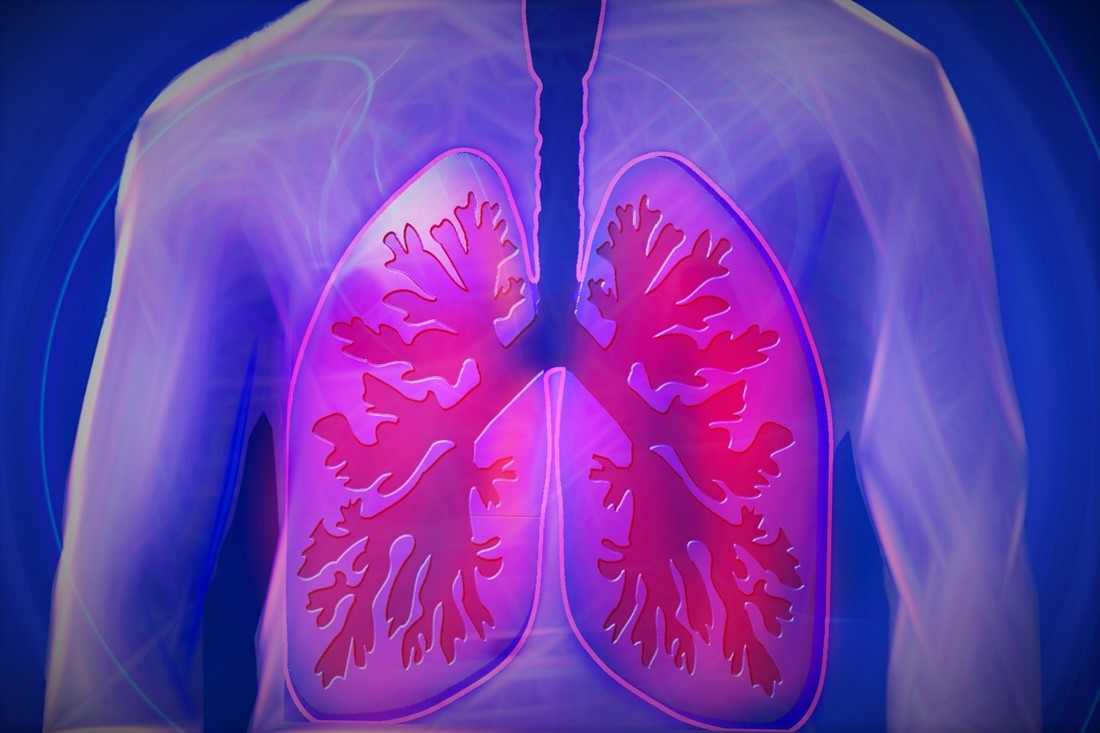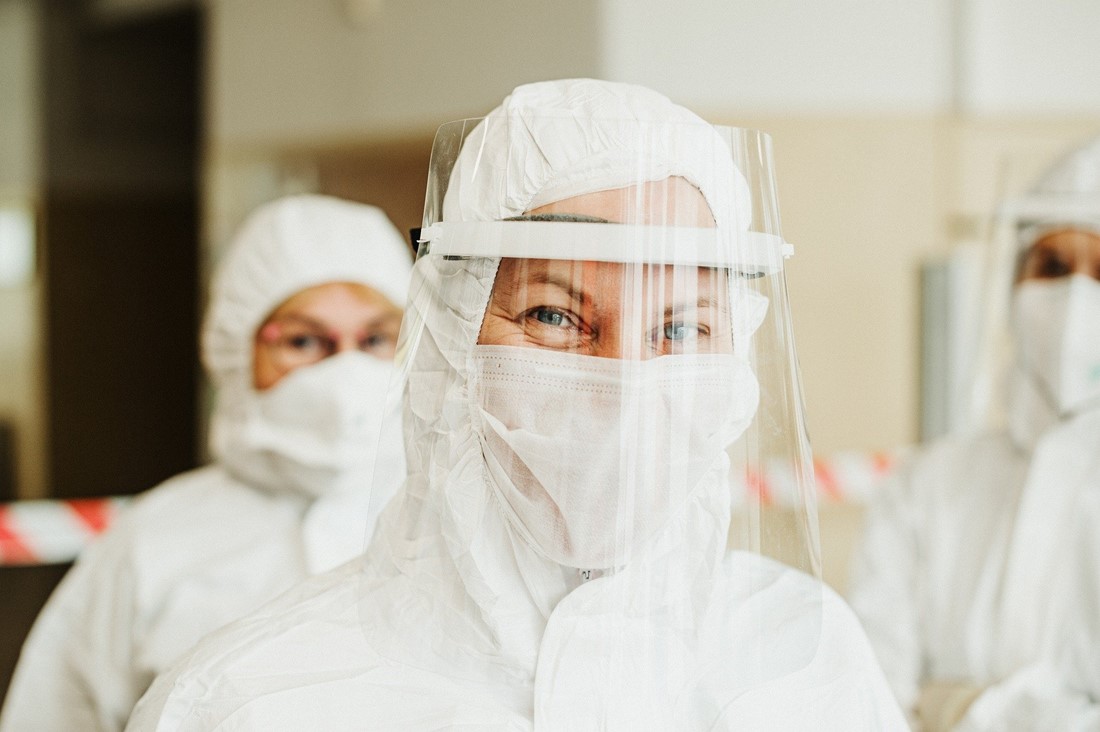Understanding the health and safety of graphene
How do graphene and layered materials interact with our health and the world around us?
Graphene and layered materials have made an impact on many different fields, and new applications are emerging every day. So, as for all evolving technologies, it is crucial to consider their safety.
To this end, the Graphene Flagship has a devoted group to study the effects of these new materials on our health and the world around us: the Health and Environment Work Package. This group investigates whether graphene and layered materials pose any risks to our health and environment and, if so, how to mitigate them. They released a comprehensive review article reporting the current knowledge of the safety of graphene and layered materials, and you can read it online here.
The review was led by Maurizio Prato, Alberto Bianco and Bengt Fadeel: Leader, Deputy Leader and Partner of the Health and Environment Work Package, with Graphene Flagship scientists at partner institutions the Karolinska Institute, Sweden, the University of Manchester, UK, the University of Castilla-La Mancha and CIC BiomaGUNE, Spain, CNRS, the University of Strasbourg, France, the Swiss Federal Laboratories for Materials Science and Technology (EMPA), Switzerland, and the University of Trieste, Italy, in addition to scientists at other institutions.
The Graphene Flagship is investigating the effects of graphene and layered materials on health and safety on a number of fronts. For instance, did you know that our studies suggest that graphene is safe for long-term occupational lung exposure, and that it has low toxicity to the skin? To learn more, please read on.
Skin
The skin is the first interface between the body and the environment, and as such, it is the most accessible route of exposure for graphene and layered materials. Graphene Flagship scientists at partners the University of Trieste, Italy, the University of Castilla-La Mancha and CIC BiomaGUNE, Spain, in collaboration with other institutions, found that the potential impact of few-layer graphene and graphene oxide (GO) on the skin depends on their physicochemical properties, like oxidation state and size. But only high concentrations of these materials with long exposure times led to membrane damage. This means they have low toxicity to skin cells.
In another study, scientists at Graphene Flagship partners the University of Trieste, Italy, and the University of Castilla-La Mancha, the University of Trieste, Graphenea and CIC BiomaGUNE, Spain, found that when using the exfoliation method to prepare graphene and layered materials, the choice of exfoliation agent can influence the material’s interactions with the skin. The study also showed that graphene and layered materials do not cause skin irritation after an acute exposure when they are made with non-irritating exfoliation agents.
In addition, to further assess interactions with the skin, the Graphene Flagship teams evaluated the effect of graphene on skin cells keratinocytes. These cells are the main component of the outer layer of the skin, the epidermis, and they are crucial for skin autoregulation, maintaining barrier functions, controlling water loss, inflammatory reactions and more.
After being exposed to graphene, keratinocytes released pro-inflammatory indicators, which signify the initial activation of skin inflammation. But further investigations by scientists at Graphene Flagship partner the University of Treiste, Italy, the Karolinska Institute, Sweden, and the University of Castilla-La Mancha and CIC BiomaGUNE, Spain suggest that graphene exposure does not lead to the activation of monocytes – cells that circulate in the blood and form a key part of the human body’s inflammation response. But skin inflammation is a complex process, and further studies are ongoing.

Lungs
Initial studies suggest that graphene is safe for long-term occupational exposure, but inhalation of graphene oxide should be avoided, depending on the size of the particles. Researchers from Graphene Flagship partners the University of Manchester, UK, the Karolinska Institute, Sweden, CNRS, the University of Strasbourg, France, and ICN2, Spain, found that pulmonary exposure to GO via intranasal instillation could cause size-dependent adverse effects on the lungs. However, nanometer‐sized GO particles were found to be safe.
In addition, the Graphene Flagship teams modelled the effects of chronic occupational lung exposure to graphene and layered materials. Graphene was repeatedly exposed to human bronchial epithelial tissue, and the scientists found that continual exposure over long periods of time did not induce a significant immune response. These results suggest that graphene could be safe for long-term workplace exposure.

Environmental models
To investigate the effect of graphene oxide if released into the environment, Graphene Flagship scientists from CNRS, France, examined GO’s effect on a sediment column containing aquatic organisms. Toxic effects were observed in some species but not others, and there were some changes to bacterial communities.
Another study by researchers at Graphene Flagship partners the University of Trieste, Italy, the University of Castilla-La Mancha and CIC BiomaGUNE, Spain, and others, showed that graphene and layered materials may reduce pollen vitality in the lab, but these effects are less evident in living organisms.
The results of this research highlight the importance of the Graphene Flagship’s efforts to further our understanding of the interactions of graphene and layered materials with the environment.

Biodegradation
Biodegradation is the naturally occurring decomposition of materials by microorganisms, enzymes or other biological activity. It is important for materials to biodegrade to be considered safe, as the build-up of foreign materials can lead to ecological damage and health problems.
For these reasons, the Graphene Flagship believes that it is important to study the processes involved with the biodegradation of graphene and layered materials. For instance, a study from our Health and Environment Work Package at Graphene Flagship partners CNRS, the University of Strasbourg, France, the Karolinska Institute, Sweden, the University of Castilla-La Mancha, Spain, and other institutions, showed that graphene itself can be biodegraded by a human enzyme.
In addition, scientists at Graphene Flagship partners the Karolinska Institute and KTH Royal Institute of Technology, Sweden, the University of Manchester, UK, ICN2, Spain, and others, investigated the biodegradation of graphene oxide in zebrafish, as a model for the gastrointestinal tract. The research shows that the inflammation caused by ingesting GO subsides over time, which supports the case that GO is a biodegradable material.

Outlook
The Graphene Flagship is making strides in advancing our knowledge of the safety of these materials. With graphene and layered materials entering the market in various different forms – many of which were enabled by our Partnering Projects, spin-off companies and industry-led Spearhead Projects – it has never been more important to investigate health and safety.
Maurizio Prato, Leader of the Health and Environment Work Package, comments: “Over the years, we have learned that graphene and layered materials may pose important questions related to their safe use. Not all materials are similar in terms of their structure and in behavior, which creates enormous problems during the study of their interactions with biological entities. Now it's time to apply our knowledge to build safe-by-design materials. This is the purpose of our work and our mission.”
Alberto Bianco, Deputy Leader of the Health and Environment Work Package, explains: “Many studies have investigated how graphene and layered materials could affect our health and the environment around us, but there are still gaps in our knowledge that need to be solved before finalising reliable standards for research and industry. Furthermore, the safe use of graphene should also be complemented by the safety evaluation of other two-dimensional and layered nanomaterials.”
Andrea C. Ferrari, Science and Technology Officer of the Graphene Flagship and Chair of its Management Panel, adds: “Health and safety are paramount for the industrial application of graphene and layered materials. Since its very beginning, the Graphene Flagship has devoted resources to this crucial topic, and our scientists are world-leading experts on the matter. The body of work they have published underpins the safe use of these materials.”

“Health and safety are paramount for the industrial application of graphene and layered materials [...] and our scientists are world-leading experts on the matter."
Science and Technology Officer of the Graphene Flagship and Chair of its Management Panel
Now it's time to apply our knowledge to build safe-by-design materials.
Leader of the Graphene Flagship's Health and Environment Work Package




